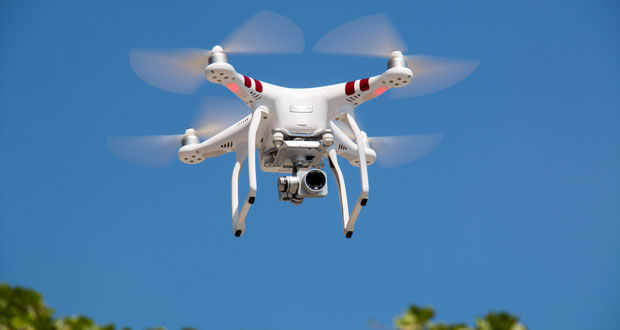Climate change means people are at greater risk of occupational heat exposure, and employers need to develop plans to manage this, warns independent research and advisory firm, Verdantix.
According to Verdantix, most employers currently having little or no systems in place for mitigating this and other climate-related physical threats.
It says employers will need to consider using a range of technology-enabled mitigation solutions including deploying robotics such as drones that can be used to gather sampling data including air quality, noise and pollutant data, to making employees wear devices that can track their exposure to heat.
Bill Pennington, Research Director, Environment, Health & Safety, Verdantix said: “So far this summer, across Europe we have seen extreme record- breaking heatwaves and the devastation these have brought. Field workers and those exposed to heat risks face increased dangers during these unprecedented times. However, employers have a duty of care towards their staff to ensure they are not at risk of suffering from occupational heat exposure.
“Extreme weather health and safety risks are not only applicable to field workers; firms need to have procedures in place to assess the risk of travelling to work and remaining on-site should a malign weather system come in.”
Verdantix says that while extreme weather is a variable that Environmental, Health and Safety (EHS) functions cannot control, a hierarchy of technology-enabled mitigation solutions can be implemented to stem their impact.
Four solutions that can be used to manage physical climate health and safety risk are:
1) Critical event management software with weather decision technologies
Critical event management software allows firms to assess the risk of weather events, locate at-risk individuals and act appropriately based on pre-defined processes. For example, Everbridge, a critical event management software provider, offers a SMARTWeather alerting system that uses Weather Decision Technologies (WDT) to automate location-specific severe weather alerts.
2) Wearable devices to track exposure
For individuals conducting manual work, the use of sensors can help track and monitor worker heat exposure in real-time. Consider Kenzen, a climate technology and heat science solution provider, which uses wearable devices to measure core temperature, worker microclimate, and sweat rate, amongst other vital signs.
3) EHS Software to support the management of worker exposure, alerts and training
EHS management systems can provide oversight over worker activities and be used to issue alerts should weather conditions surpass risk thresholds. Finally, an in-built LMS and training solution will help ensure workers are following hot weather working practices.
4) Robotics to eliminate the risk of heat exposure at their source
Consider the use of robotics, such as drones, which can be used to gather sampling data including air quality, noise and pollutant data. Drones can also be used to perform inspections in remote locations to reduce worker exposure to the elements.
Christopher Sayers, Verdantix Analyst said: “Going forward, demand for solutions that support EHS functions in navigating physical climate risks will increase. This is due to the rising prevalence of extreme weather events and employers assuming greater responsibility for worker safety in relation to heat stress and other factors. Organisations will need to be prepared, both through processes and technology, for a range of new physical climate risks.”
Kim Knickle, ESG & Sustainability Research Director, Verdantix added: “Climate-related extremes have caused €14.5 billion in financial losses in Europe per year since 2011, and this will continue to increase, with droughts alone set to cause €12 billion in annual losses if global warming is limited to 1.5C. Firms must react to these increasingly costly climate events and improve their climate resilience. By investing in digital solutions firms can evaluate and manage the climate risk exposure of their physical assets and investments, which should include assessing mitigating actions and transition plans.”





